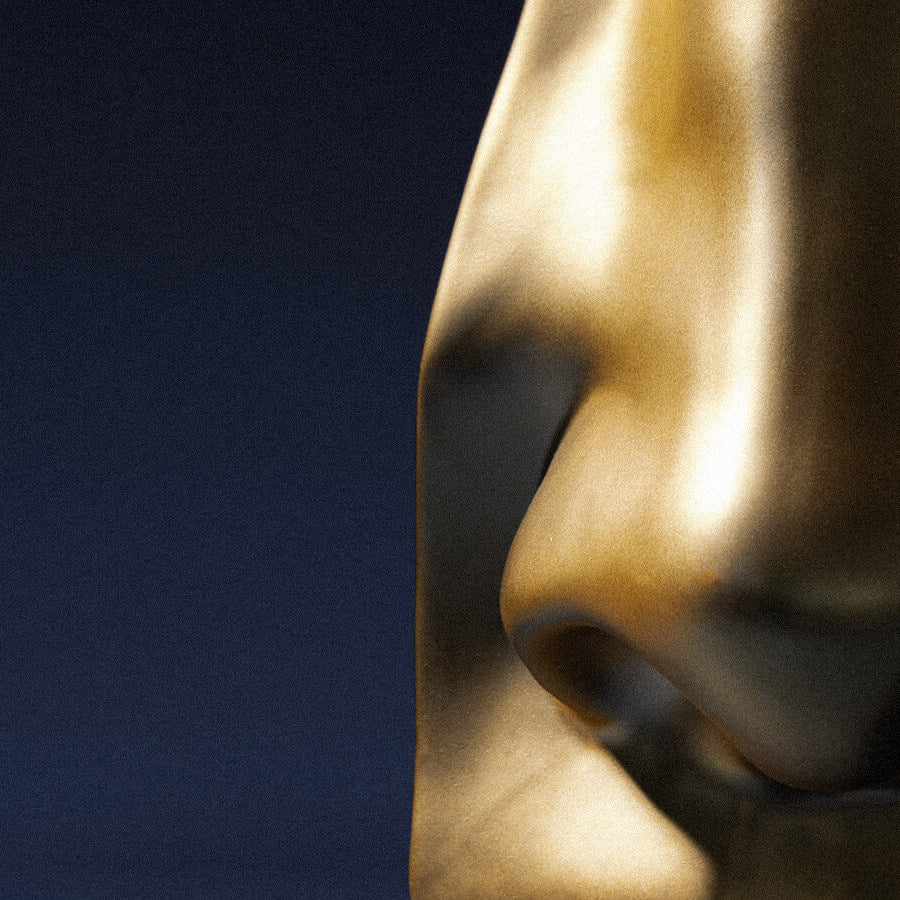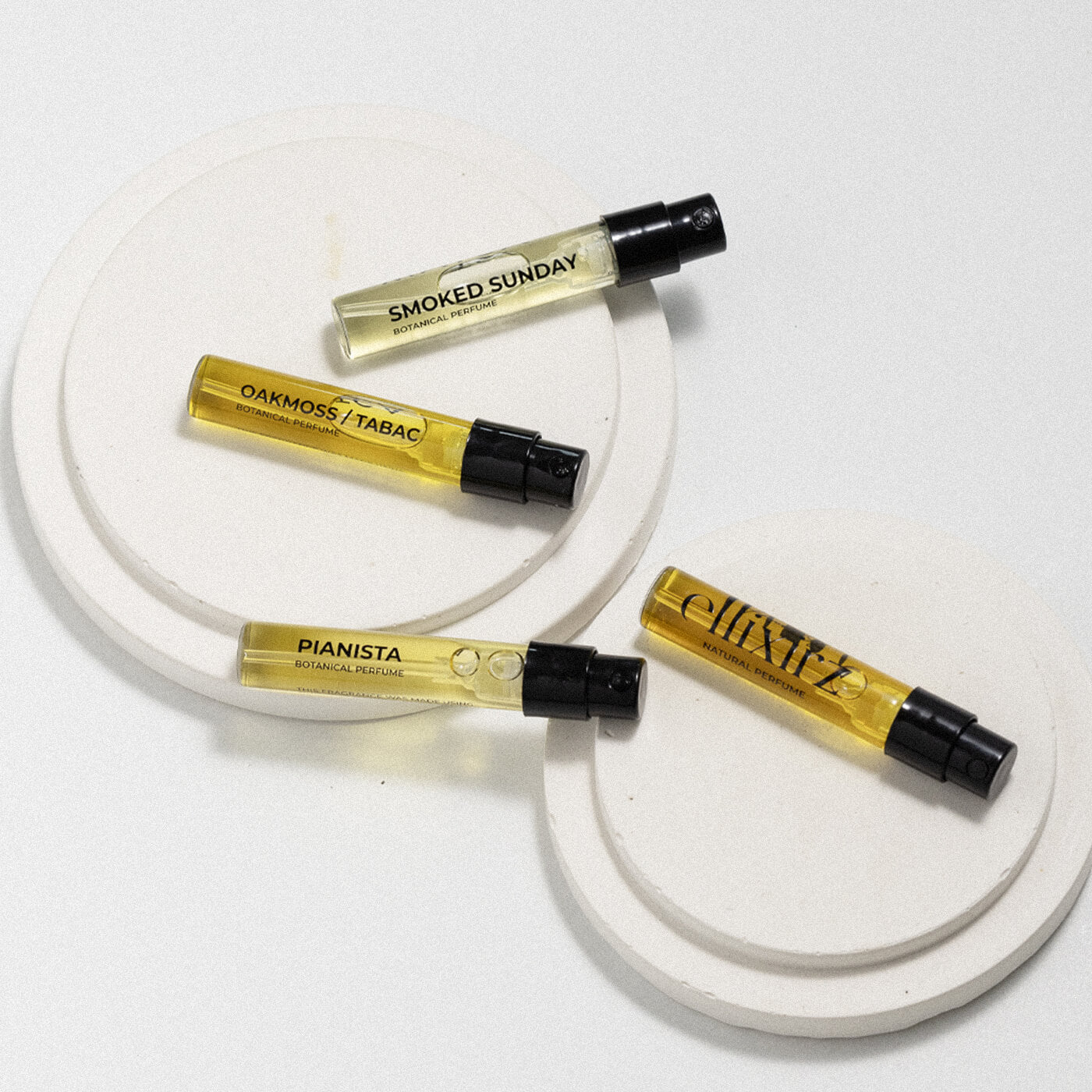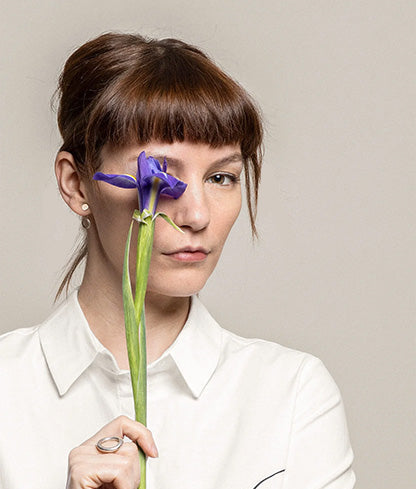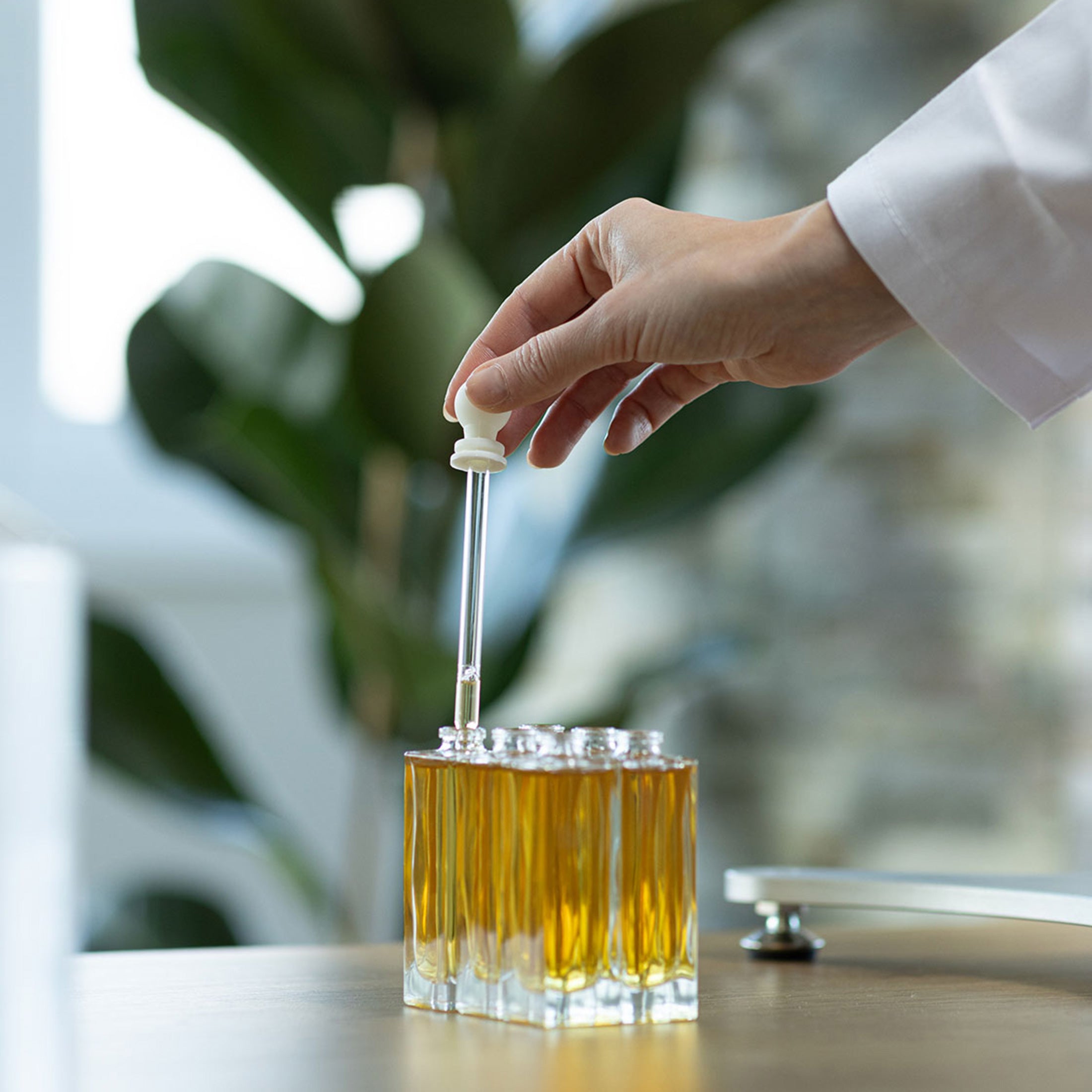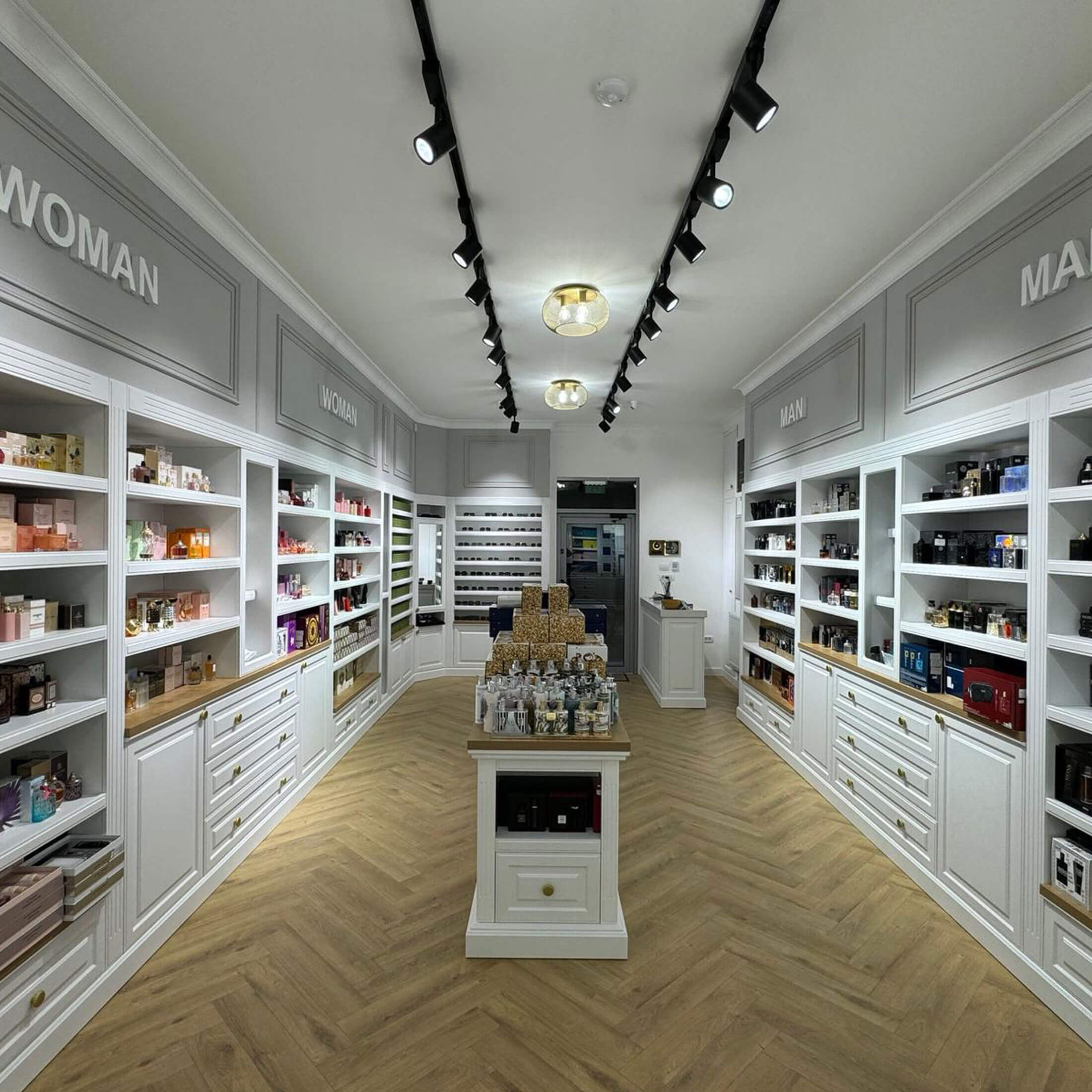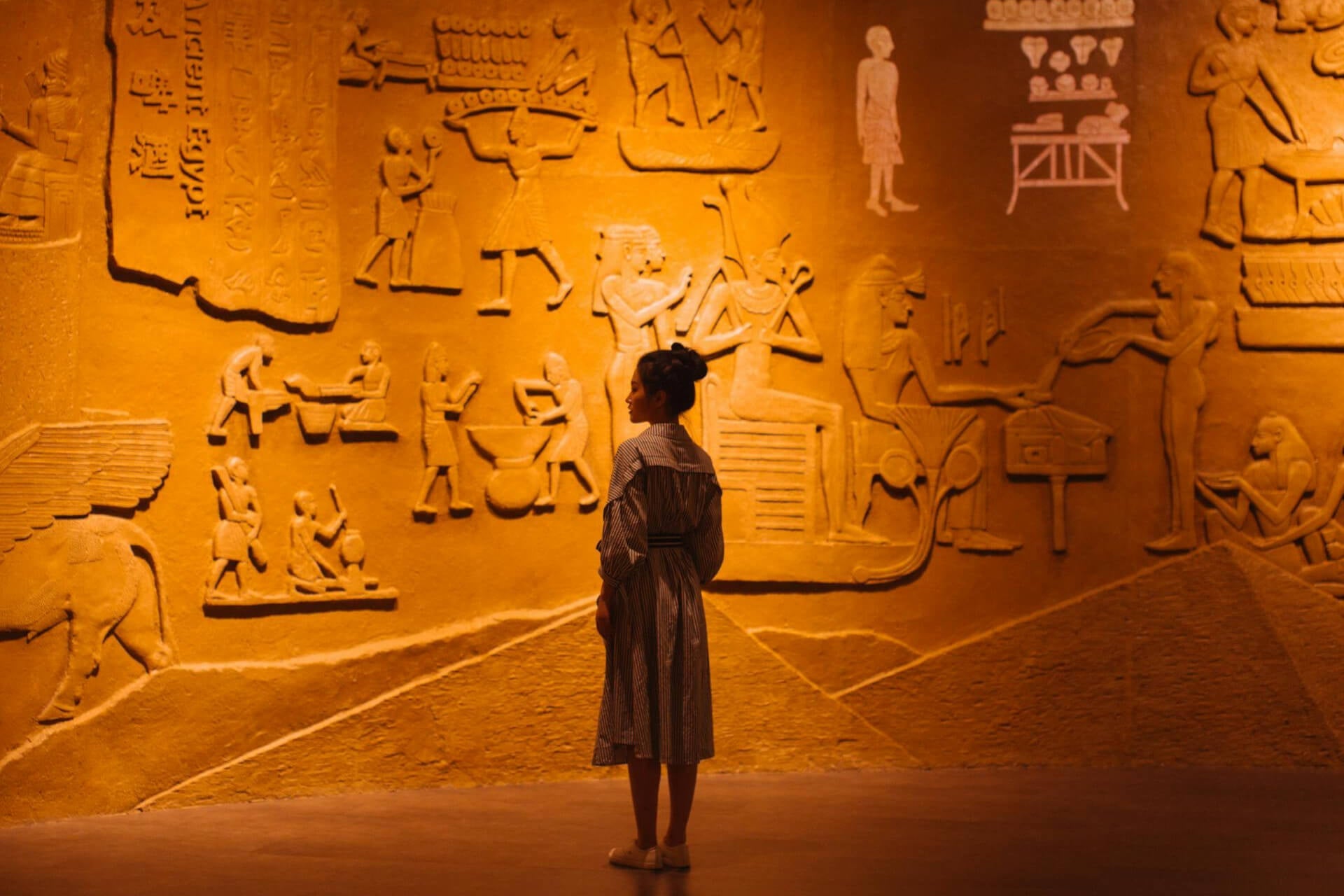
Perfume in Egypt: A Fragrant Legacy of the Ancient World
The Origins of Egyptian Perfumery
In the golden sands of Ancient Egypt, where the Nile flowed like a lifeline through desert lands, the art of perfumery was born. As early as 3,000 BCE, Egyptians were blending fragrant oils with meticulous skill. Perfume wasn’t just a luxury—it was medicine, ritual, and beauty, infused into every corner of life. Using maceration and early distillation, they extracted essences from flowers, woods, and resins, turning scent into sacred language.
Credit: peek.com
Sacred Scents and Rituals
To the Egyptians, fragrance was divine. Priests anointed temple statues with scented oils, believing that pleasing aromas could invite the gods’ presence. Incense like kyphi—a blend of honey, wine, myrrh, and other botanicals—wafted through temple halls, purifying the space and soothing the soul. Perfume was prayer made visible, a bridge between earth and the heavens.

Credit: historyextra.com
Also for egyptians, embalming was more than preservation—it was a sacred ritual of transformation. The body was cleansed, anointed with scented oils and resins like myrrh and frankincense, and wrapped in linen perfumed with aromatic substances. These rituals were believed to prepare the soul for its journey to the afterlife, where scent was seen as a sign of purity and divinity. Perfume was not only for the living—it guided the dead toward eternity.
Perfume and Royalty
Perfume cloaked the rulers of Egypt in mystery and allure. Pharaohs wore it as a sign of power, and queens, especially Cleopatra, transformed it into an art of seduction. Legend says she perfumed the sails of her ships so that her arrival could be smelled before it was seen.
Credit: Divain Parfumes
Another fascinating element of egyptian perfumery was the use of scented cones—small, aromatic pyramids made from animal fat or wax, blended with resins, essential oils, and flower petals. These cones were placed on the heads of guests during religious ceremonies and lavish banquets. As body heat or the warm air slowly melted the cone, it released a gentle stream of fragrance—myrrh, lotus, frankincense, or other precious essences.But these cones were more than just perfume delivery devices. They held symbolic and ritual significance, believed to purify, protect, and bless those who wore them. Tomb and temple frescoes often depict these cones as part of the refined olfactory culture that flourished in ancient Egyptian society.
The Ingredients of Ancient Egyptian Perfume
Nature was their palette. Frankincense, myrrh, cinnamon, and blue lotus were revered for their rich, spiritual scents. Aromatic resins, exotic woods, and rare flowers from along the Nile were infused into oils pressed from moringa, balanos, and almonds. These perfumes didn’t just linger on skin—they told stories of earth, sky, and divine presence.
Credit: freepik.com
The Influence of Egyptian Perfume on the World
Egypt’s olfactory wisdom shaped civilizations. Their techniques inspired Greek and Roman perfumers, and their recipes were carefully sealed in tombs, meant to scent the soul's journey into the afterlife.
Today, echoes of their craft can still be found in modern natural perfumery, where the ancient meets the artisanal.
💡 Did you know? The world’s oldest known perfume factory was discovered in Pyrgos, Cyprus—and its techniques mirrored those of ancient Egypt.


